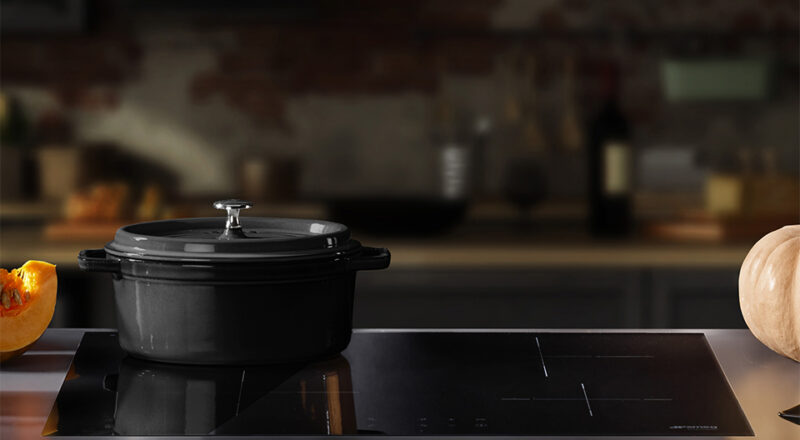When you’re in the kitchen, one of the most frustrating things that can happen is having your food stick to the pan. Whether you’re a seasoned chef or a home cook, knowing how to avoid food sticking can make all the difference in your culinary creations. In this article, we’ll explore the reasons why food sticks and provide you with practical solutions to ensure your meals come out perfectly every time.

Understanding Why Food Sticks
Before diving into solutions, it’s important to understand why food sticks in the first place. There are several factors at play, including the type of pan, the cooking temperature, and the oil or butter used. By understanding these elements, you can better prevent sticking.
The Role of Pan Material
The material of your pan plays a significant role in how to avoid food sticking. Nonstick pans, for example, are designed to reduce sticking but can lose their effectiveness over time. Cast iron and stainless steel pans require proper seasoning and heating techniques to prevent food from clinging.
Temperature Control is Key
Cooking at the right temperature is crucial. Too high, and your food can burn and stick; too low, and it might not cook evenly. Understanding the right heat level for different types of food can greatly reduce the chances of sticking.
Choosing the Right Oil or Butter
The type of oil or butter you use can also impact food sticking. Oils with a high smoke point, like canola or avocado oil, are better suited for high-heat cooking. Butter adds flavor but can burn quickly, leading to sticking.
Properly Preheating Your Pan
Preheating your pan before adding food is a simple yet effective step in preventing food from sticking. A hot pan creates a barrier between the food and the cooking surface.
Testing for the Right Temperature
To test if your pan is hot enough, sprinkle a few drops of water on it. If the water sizzles and evaporates quickly, the pan is ready.
Seasoning Your Cookware
Seasoning is especially important for cast iron and stainless steel pans. By creating a natural nonstick layer, you can significantly reduce sticking. For more details on seasoning techniques, visit this Whirlpool guide.
Using the Right Cooking Techniques
Certain cooking techniques can also help in preventing food from sticking. Avoid overcrowding the pan, as this can lower the temperature and increase sticking. Stirring or flipping food too early can also cause it to stick.
Patience is a Virtue
Allow your food to develop a crust before trying to move it. This natural barrier will help release the food from the pan more easily.
Maintaining Your Cookware
Proper maintenance of your cookware is essential in avoiding food sticking. Regular cleaning and seasoning can extend the life of your pans and keep them performing well.
Avoid Using Metal Utensils
Metal utensils can damage the surface of your nonstick pans, leading to more sticking issues. Opt for wood or silicone utensils instead.
Exploring Alternative Cookware
If sticking continues to be a problem, consider exploring alternative cookware options like enameled cast iron. These pans offer excellent nonstick properties and are favored by many chefs. You can explore more about enameled cast iron at this guide.
Utilizing Induction Cooking
Induction cooking offers precise temperature control, which can help in preventing food from sticking. For more insights on induction cooking, visit HowStuffWorks.
Benefits of Induction Cooking
Induction cooking heats the pan directly, reducing the chances of food sticking due to uneven heating.

FAQ Section
What is the best type of pan to prevent sticking?
Nonstick pans are excellent for preventing sticking. However, well-seasoned cast iron and stainless steel pans can also be effective.
Why does my food stick even with oil?
Food can stick even with oil if the pan is not properly preheated, or if the oil used has a low smoke point.
How can I prevent food from sticking without oil?
You can prevent sticking without oil by using a well-seasoned pan and ensuring it’s adequately heated before adding food.
This article contains affiliate links. We may earn a commission at no extra cost to you.

